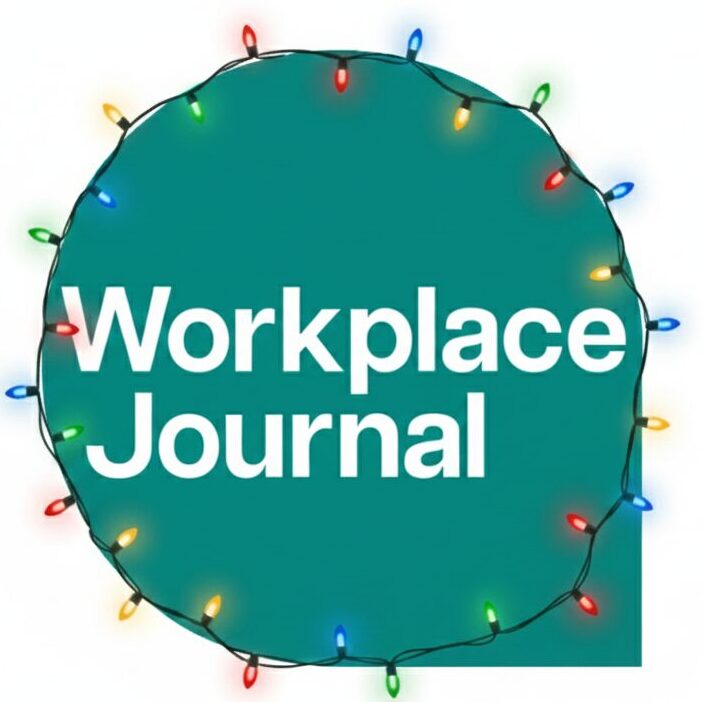Uniqlo UK has announced a 7% wage increase for its entry-level employees across the country, effective from 1 April. This adjustment will elevate the hourly wage of its London-based staff from £12.40 to £13.15 and those outside of London will see their wages rise to £12.15 from £11.40, surpassing the Living Wage Foundation’s recommended real living wage.
This marks the second wage rise within two years for Uniqlo, cumulatively amounting to an average annual pay boost of up to 29% for entry-grade staff since 2022. During that year, the wages for London-based employees were increased from £10.20 to £12, and for those elsewhere in the UK, from £9.70 to £10.80.
Beyond wage increases, from 1 April, Uniqlo is set to roll out an improved equal pay scheme for all parents taking leave due to the birth or adoption of a child. Eligible employees, with at least one year of service by the qualifying week, will be entitled to 26 weeks’ full pay, which can be split into two periods within the first year of the child’s arrival.
Additionally, shop-floor employees will now benefit from a £300 net annual allowance for clothing, further enhancing the compensation package offered by Uniqlo.
A Uniqlo spokesperson stated: “Uniqlo is working towards becoming the employer of choice, by building on what we implemented in 2022, this new wage increase will help us recruit the best talent who want to develop their career with us. This investment in our staff aligns with Uniqlo UK’s ambitious growth plans and positions us as an attractive employer for young talent.”















